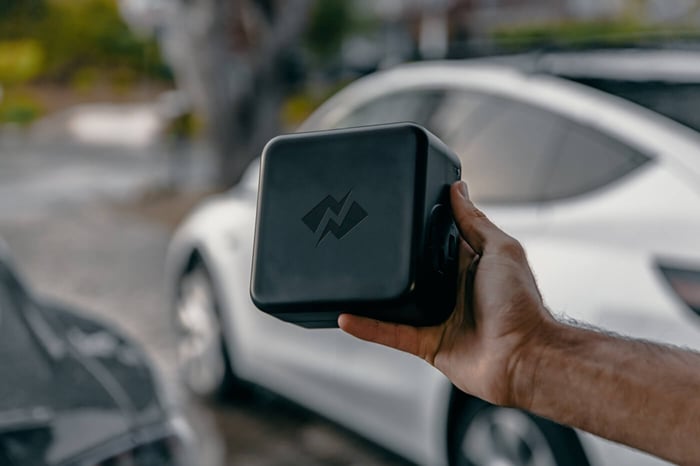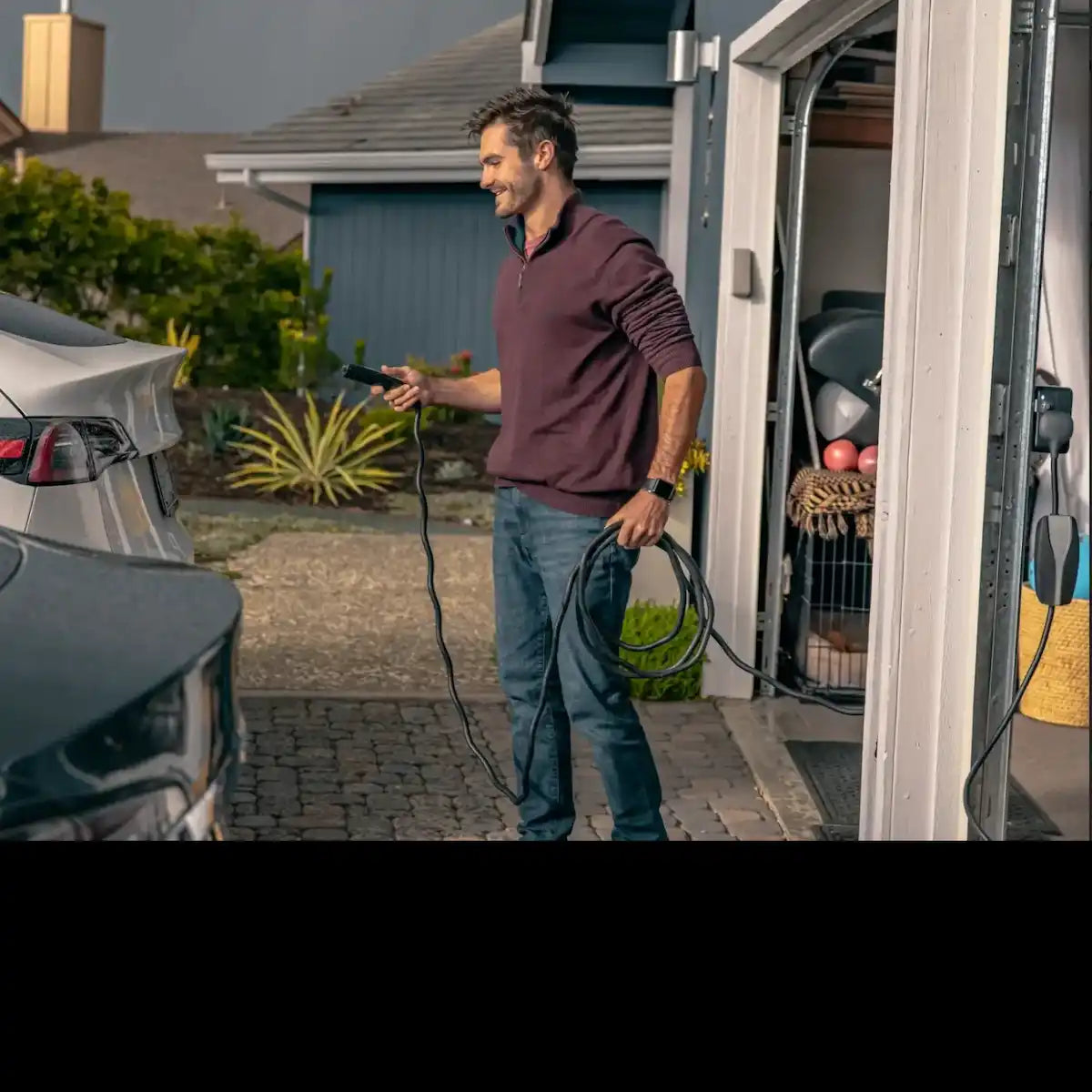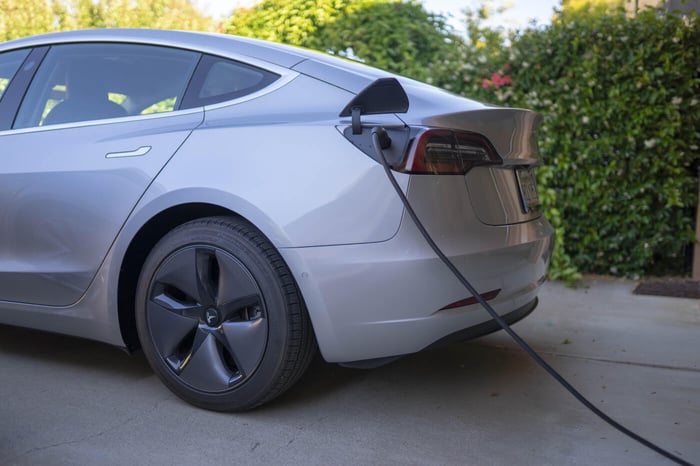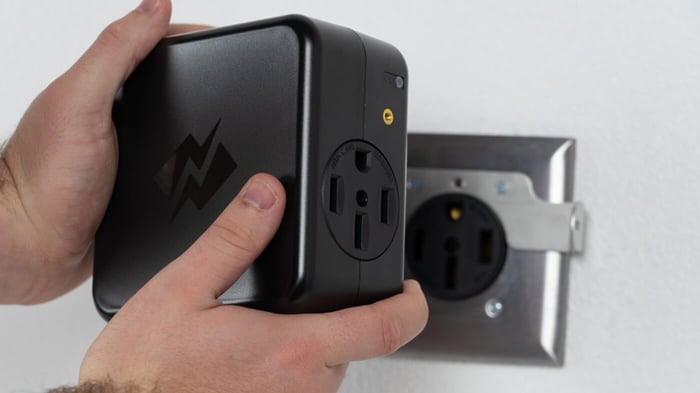Electric vehicles (EVs) are becoming more popular, and with good reason. They produce no emissions, are often cheaper to operate than gas-powered cars, and are generally more efficient. However, EV adoption has not been evenly distributed across communities. Disadvantaged communities often lack access to charging infrastructure and are less likely to own EVs due to lower household incomes . This is a problem because these communities may bear the brunt of air pollution caused by transportation emissions. In this blog post, we will discuss how the 240V Smart Splitter by NeoCharge and other home energy tools and devices can help increase EV adoption in disadvantaged communities while also saving community members money on their home electrification plans.
One of the biggest barriers to EV adoption in disadvantaged communities is the cost of charging infrastructure. Many homes in these communities are older and may require expensive electrical upgrades to install a home EV charger. The 240V Smart Splitter by NeoCharge is a cost-effective solution to this problem. It allows homeowners to install a Level 2 EV charger without the need for expensive rewiring or panel upgrades. This means that community members can save money on installation costs and start enjoying the benefits of EV ownership sooner. In fact, NeoCharge and Los Angeles Cleantech Incubator’s (LACI) recent Enabling Electrification Pilot helped disadvantaged community members in Riverside and San Bernardino County use the Smart Splitter to save an average of $1,375 on their EV charging installation.
In addition to the 240V Smart Splitter, there are several other ways that disadvantaged communities can save money and reduce carbon emissions. One of the most effective ways is to make energy-efficient upgrades to their homes. This includes adding insulation, sealing air leaks, upgrading windows, and installing energy-efficient appliances. These upgrades can significantly reduce energy bills and carbon emissions. There are many rebates coming out through the IRA that will support these communities in making these upgrades.
There are also several programs available that provide financial assistance to low-income households for energy efficiency upgrades. For example, the Weatherization Assistance Program (energy.gov) provides grants to homeowners to make energy-efficient upgrades to their homes. The Low-Income Home Energy Assistance Program provides financial assistance to help low-income households pay their energy bills. These programs can help make energy-efficient upgrades more affordable for disadvantaged communities.
Another way to save money and reduce carbon emissions is to use public transportation or active transportation, such as walking or biking. Public transportation is often cheaper than owning a car and produces fewer emissions per person. Active transportation is also a great way to reduce emissions and improve health. By reducing the number of cars on the road, we can also reduce traffic congestion and improve air quality.
Disadvantaged communities can also consider community solar programs. Community solar programs allow residents to purchase or lease solar panels installed in a central location and receive credits on their electricity bills. This allows community members to benefit from solar energy without the need for expensive rooftop installations. Community solar programs can also provide job opportunities and economic benefits for the community.
In conclusion, the 240V Smart Splitter by NeoCharge and other home energy tools and devices can help increase EV adoption in disadvantaged communities while also saving community members money on their home electrification plans. By reducing the cost of charging infrastructure and lowering energy bills, these tools can make it easier for community members to switch to EVs and enjoy the benefits of clean, efficient transportation. It is important that we work to ensure that all communities have access to EVs and charging infrastructure so that we can reduce air pollution and improve the health and well-being of all residents.








